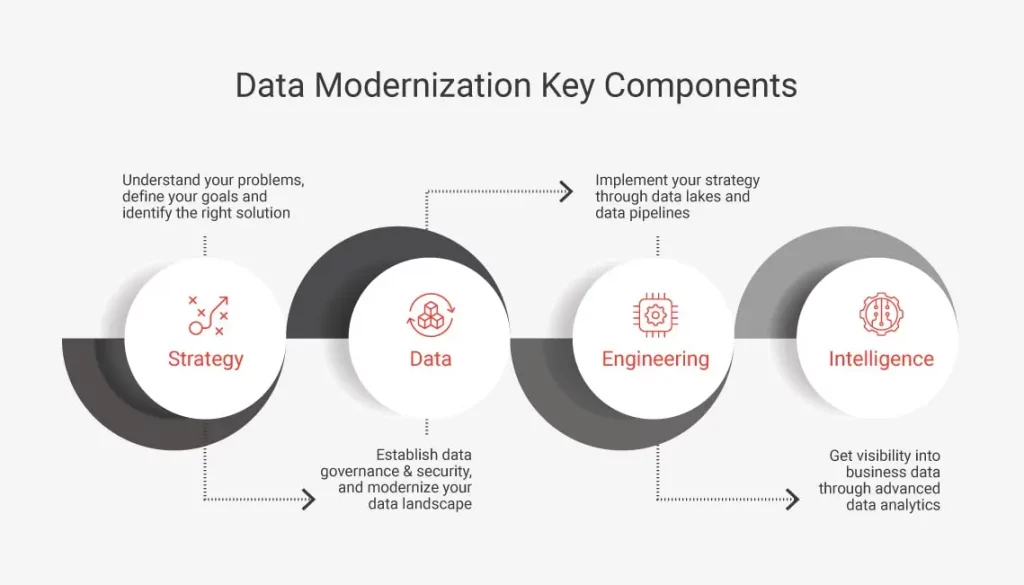Building an application, testing it, fixing the issues, then putting it out in the market or delivering to the customer, getting paid, and walking away may have worked at the beginning of the digital era. But that is not the reality today.
Even if you build something outstanding today, somebody might and WILL do the same much better tomorrow. Modern users know what superior functionality and user experience are like, and they will not settle for anything lesser. The volatile nature of today’s market and increasing user expectations demand a constant reinvention of products and services quickly from every digital organization.
Perpetually building and rebuilding codes and gearing them up for quick releases have made QA an indispensable part of every development team and mandate a superior QA strategy.
What is Continuous Testing?
The new and superior QA strategy is known as Continuous Testing. Continuous testing involves testing, discovering, and fixing issues early in the development cycle to prevent risks and reduce deployment times.
Contrary to popular beliefs, being quality conscious from the beginning of the development does NOT reduce the workload and increases the scope of work for the quality assurance team. To keep up with the huge workload and ensure quality as an integral part of the development from day 1, QA engineers have started wearing multiple feathers in their caps as SDETs.
With almost all development teams being agile, QA teams use a mix of automation and manual testing in their Continuous Testing strategy to keep up testing speed with the development speed.
What does Continuous Testing do?
It does just what its name suggests. Whenever a set of code is built, automated tests are executed. If the test deems the code as good to go, it is then sent for more exhaustive testing to ensure performance and functionality. If the code fails the test, it gets rejected, and the developer who built it gets notified.
Sending the failed code back to the developer who wrote it removes the problem of tracking the defect. Instantly notifying the developer of the issue also causes it to be solved quickly and minimizes chances of the same issue occurring later on during development.
As meta as it may seem, a continuous testing framework also needs to be continuously upgraded, and new test cases need to be added, and obsolete tests that take up time and yield no value have to be removed.
In all, continuous testing decreases your time to market, reduces testing times from months to days or even hours, empowers development and testing teams to work in tandem, helps companies circumvent significant threats in the early stages of development, and reduces last-minute pressure on QA teams. (We can hear you cheer for the last one!)
Conclusion
“Quality is not an act. It is a habit” – Aristotle.
The only way to beat your competition is to keep surpassing your previous records and making your product/service better every day than it was on the day before. And that is why continuous testing with automation is an essential requirement for an effective SDLC and your entire organization’s success in the long run.
Start your journey towards building a habit for better quality today. Get in touch with us to audit your QA function and make your QA practice stand out among the others.
Want to read more about assurance? Download our whitepaper on Accelerated Assurance: Leveraging Automation to Guarantee Time, Quality and Cost.













Recent Comments